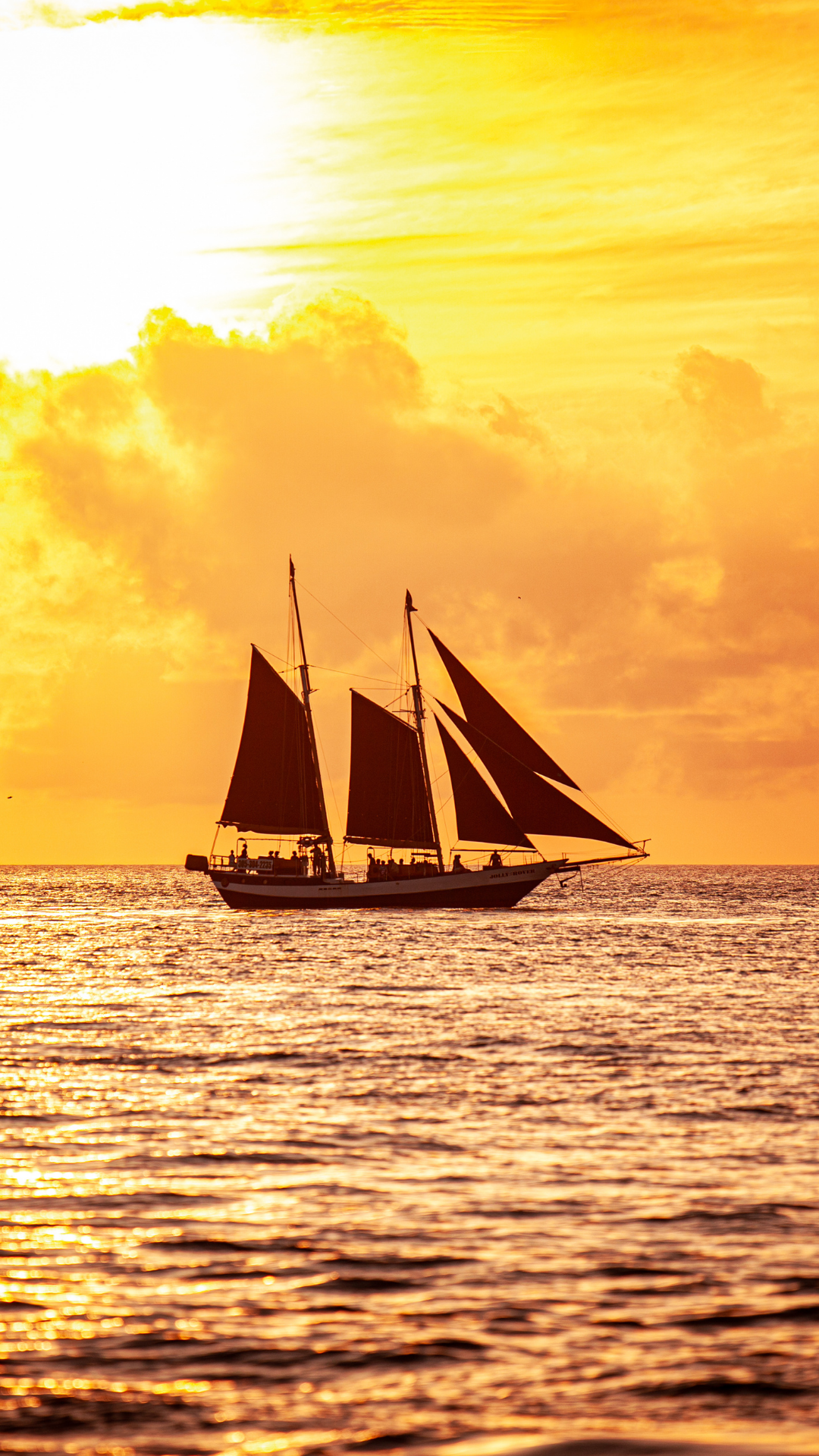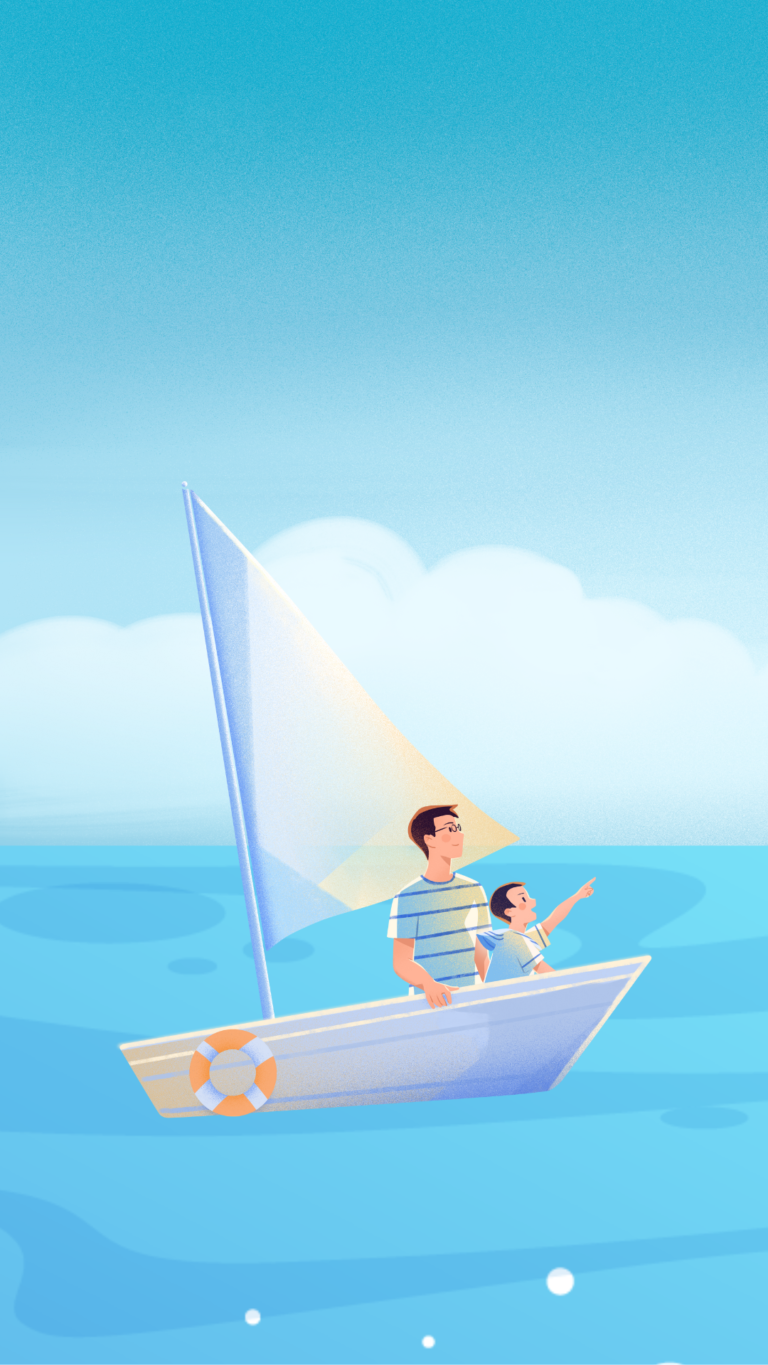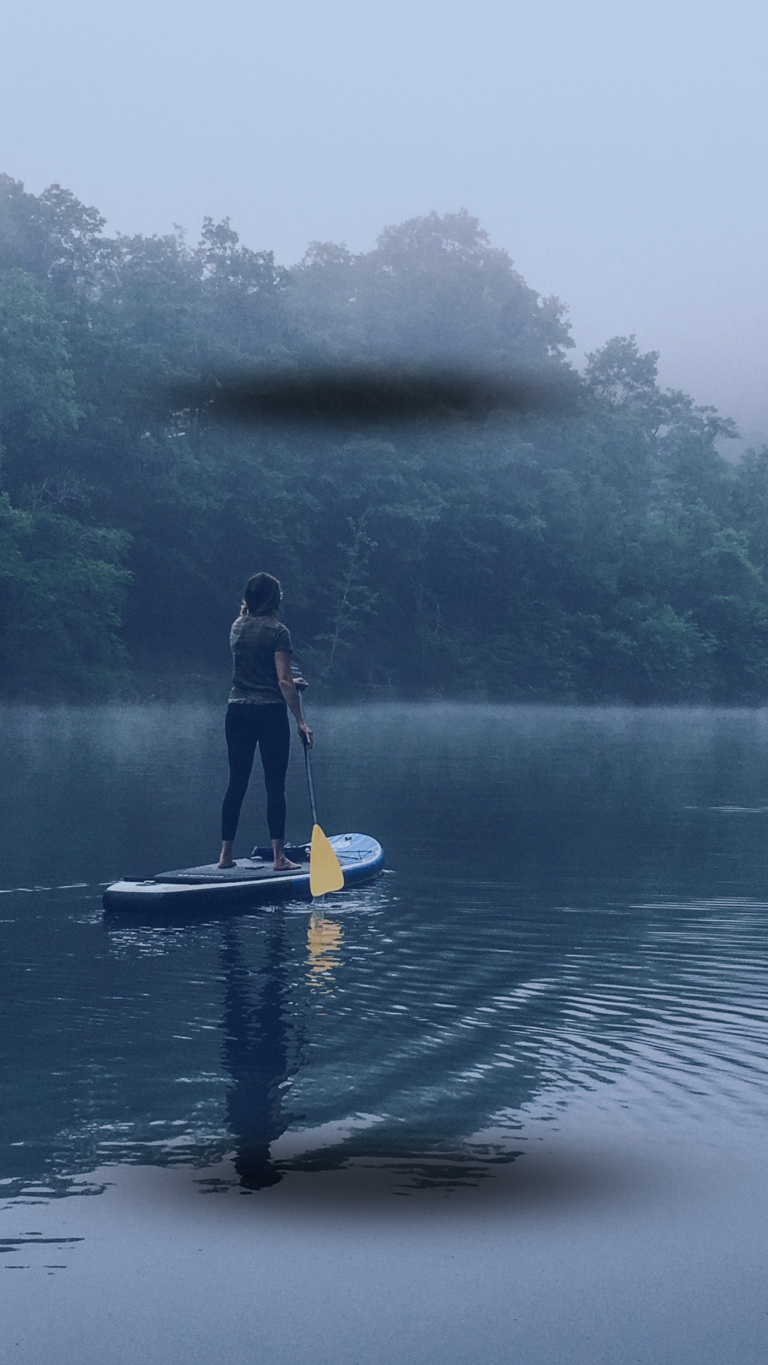How Long Does It Take To Learn To Sail And How hard Is It? 12 Great Tips To Get You Started
Sail is an exhilarating journey that varies greatly from one person to another. A beginner can grasp the basics in a matter of days, but mastering the art of sailing may take years of practice and experience on the water.
The perceived difficulty often stems from the interplay of wind, water, and boat dynamics, which can feel overwhelming at first. The right mindset and guidance, what initially appears daunting can transform into a rewarding adventure.
To kick start your sailing journey, consider these 12 tips , Start with a sailing school to gain structured knowledge , practice regularly to build muscle memory , find a mentor who can provide insights and encouragement , and immerse yourself in sailing literature and videos for diverse perspectives.
How long does it take?
On a sailing adventure, one of the most common questions that arises is, How long does it take? The answer is as fluid as the water itself, influenced by factors like wind conditions, vessel type, and your sailing experience.
A leisurely day sail around a coastal bay might only require a few hours, a transoceanic journey can stretch into weeks or even months. The beauty of sailing lies in its unpredictability , the journey is more significant than the destination.
Time at sea offers unique opportunities for reflection and connection with nature. Each passing hour brings a chance to witness stunning sunsets, spot playful dolphins, or engage in deep conversations with fellow sailors.
You may start with a timeline in mind, many seasoned sailors will tell you that the magic often happens when you let go of rigid schedules. The rhythm of the wind and waves can transform your perception of time, you to savor each moment rather than rush to the finish line.
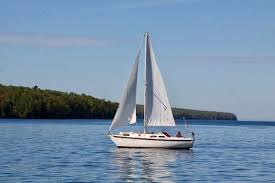
How hard is it?
Navigating the waters of life can feel like setting sail into a tempest, where the waves of uncertainty crash against our resolve. Each decision we make can seem daunting, as if we’re steering a ship through uncharted territories.
The difficulty we perceive often stems not from the challenges themselves but from our mindset.
The hard moments in our journey are often the ones that teach us the most about ourselves.
A sailor learns to read the wind and currents, we too must learn to adapt and harness our inner strength when faced with adversity. Instead of viewing hardship as an anchor holding us back, consider it a sail catching the winds of resilience.
Where do I learn to sail at?
You’re eager to learn to sail, consider local sailing schools or community sailing programs. These institutions often provide a hands on approach, you to get on the water quickly learning from experienced instructors.
Many offer beginner courses that cover everything from basic navigation to understanding wind patterns, you build a solid foundation. Joining a sailing club can introduce you to seasoned sailors who can share their knowledge and passion for the sport.
For those seeking a more immersive experience, sailing vacations or workshops in picturesque locations can be transformative.
Destinations like the Caribbean or Mediterranean not provide stunning backdrops but also opportunities to learn in diverse sailing conditions. You might even find unique programs that combine sailing lessons with cultural experiences, you to appreciate local maritime traditions.
Do I need to know how to tie a lot of knots?
Comes to sailing, the ability to tie a variety of knots can significantly your experience on the water. It might seem daunting to memorize a whole repertoire of knots, understanding a few essential ones can provide you with the confidence and skills needed for safe and enjoyable sailing.
It creates a fixed loop at the end of a line that won’t slip, making it invaluable for securing fenders or tying onto a mooring. It’s also an art form that connects you to the traditions of seafaring. Each knot has its story and purpose, and learning them can deepen your appreciation for the craft of sailing.
Rather than viewing knot tying as an obligation, see it as an opportunity to your sailing skills and engage more fully with your maritime adventures. The knots, and you’ll find they become part of your sailing identity.

How can I teach myself?
Teaching yourself is akin to setting sail on an uncharted sea, it requires courage, curiosity, and a well thought out plan. Start by charting your courage , curiosity, clear learning goals and break them down into manageable milestones.
This will help you navigate the vast ocean of information available online and in books, preventing you from feeling overwhelmed. A variety of resources, from podcasts to online courses, and a documentary can illuminate concepts that a textbook cannot.
Self teaching is not a solitary endeavor. Sharing your progress and challenges can provide motivation and fresh perspectives. Don’t forget to reflect on your experiences regularly, much like adjusting your sails to catch the wind, reflecting will allow you to adapt your approach based on what you learn along the way.
This dynamic process transforms self teaching from a mere accumulation of knowledge into a profound voyage of personal growth.
What is the best boat?
Comes to determining the best boat, the answer lies in the purpose and experience of the sailor. A sailboat, embodies the spirit of adventure and freedom that many seek on the water.
Motorboats that rush through the waves, a sailboat invites you to connect with the elements harnessing the wind to glide gracefully across the surface. This immersive experience allows sailors to truly appreciate nature’s beauty, making every outing a meditative journey rather than just a means of transportation.
The versatility of sailboats adds to their allure. You’re navigating serene lakes or tackling oceanic challenges, there’s a design suited for every level of expertise. From nimble dinghies perfect for beginners to grand yachts equipped for long distance voyages, the right sailboat can transform your boating experience.
The best boat isn’t merely about size or speed , it’s about finding one that resonates with your passion for exploration and your desire for connection with the sea. The best boat is one that inspires you to set sail and discover new horizons.
Is any boat too big or small?
Comes to the world of sailing, the size of a boat often sparks passionate debates among enthusiasts. Larger vessels can luxurious amenities and expansive living spaces, they may also come with higher maintenance costs and logistical challenges, such as docking and maneuverability.
Smaller boats provide an intimate experience, allowing sailors to navigate tighter waters and feel more connected to their environment. The thrill of harnessing the wind on a nimble sailboat can be unparalleled, as every gust transforms into an exhilarating moment of freedom.
The definition of too big or too small can vary significantly based on individual preferences and sailing goals. A modest sailboat is perfect for weekend adventures, fostering a sense of community and simplicity on the water.
Others may dream of grand ocean crossings aboard towering yachts, seeking to explore distant shores. The right size is not merely about dimensions, it’s about how well the vessel aligns with one’s aspirations, lifestyle, and the unique experiences one seeks on the open sea.
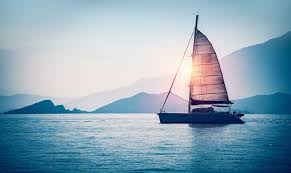
How do I learn to go cruising?
The world of cruising begins with understanding the nuances of sailing beyond just the mechanics of operating a vessel. Start by immersing yourself in the rich tapestry of sailing culture read books, and follow seasoned sailors on social media to gain diverse insights into their experiences.
Each sailor has a unique story, and these narratives can ignite your passion and inspire your own journey on the open water. Once you’ve soaked in the stories, it’s time to get hands on. Enroll in a sailing course that focuses on cruising techniques, emphasizes navigation, weather patterns, and safety protocols specific to long voyages.
Formal training, seek out opportunities to crew on various boats ,this real world experience is invaluable. Engage with local sailing communities you can share knowledge, learn from others’ mistakes, and discover hidden gems about different cruising destinations.
How do I learn to charter a boat?
Learning to charter a boat is an exhilarating journey that combines practical skills, theoretical knowledge, and a dash of adventure. Start by immersing yourself in the world of sailing through online courses or local sailing schools. These platforms offer a mix of classroom instruction and hands on experience, you to grasp essential concepts like navigation, weather patterns, and sail handling techniques.
Consider joining a sailing club where you can connect with seasoned sailors who can mentor you, share their insights, and help you refine your skills on the water. You’ve built a solid foundation, dive into the specifics of chartering a boat.
Familiarize yourself with different types of vessels and their unique characteristics understanding the nuances between mono hulls and catamarans can influence your choice based on comfort and stability.
Mastering the art of reading charts and understanding maritime regulations is crucial , these skills will not your confidence but also safety during your adventures. The opportunity to charter a boat as more than just a leisure activity , it’s a chance to explore new horizons, forge unforgettable memories, and foster a deeper appreciation for the marine environment.
How do I learn to race?
Immerse yourself in the fundamentals of sailing developing a keen sense of strategy. Start by mastering the basics of sail control and boat handling, understanding how to trim your sails for optimal performance can significantly influence your speed and maneuverability.
Spend time on the water, honing your skills in various wind conditions, as this experience will teach you how to read the elements and adjust your tactics accordingly. You feel comfortable with the technical aspects, shift your focus to race tactics and teamwork.
Racing is not about speed ,it’s also about positioning relative to your competitors and anticipating their moves. Engage with local sailing clubs or find a mentor who can provide insights into race strategies and navigation techniques.
Observing experienced racers during practice sessions or competitions will expose you to different styles and approaches, enriching your own racing repertoire. Every opportunity to learn from both victories and setbacks, as each race offers valuable lessons that refine your skills and deepen your passion for sailing.
How do I learn to cross an ocean?
Learning to cross an ocean is akin to embarking on a profound journey of self discovery and resilience. To sail vast waters, one must first immerse themselves in the art of sailing understanding the wind’s whisper and the waves’ rhythm.
This goes beyond technical skills , it’s about forging a connection with the sea and the elements. Consider starting with smaller bodies of water, where you can hone your navigation skills and learn to read the weather.
Each practice sail builds your confidence and deepens your intuition about how your vessel interacts with the environment. You prepare for your ocean crossing, cultivate a mindset of adaptability.
The sea is unpredictable, conditions can shift rapidly, and having the ability to think on your feet is invaluable. Join a sailing community or take classes that emphasize not sailing techniques but also seamanship and emergency preparedness. Engaging with seasoned sailors can offer insights that books cannot provide.
Conclusion
Learning to sail is a rewarding journey that varies in duration and difficulty depending on individual dedication and prior experience. Some may grasp the basics in just a few weeks, mastering the art of sailing can take years of practice and exploration.
The tips provided in this article serve as a solid foundation to help you navigate your sailing journey more effectively. The challenges and celebrate the milestones along the way, as each experience on the water will contribute to your growth as a sailor.
FAQ
What type of boat should I consider for my needs?
Consider factors such as how you plan to use the boat (fishing, cruising, watersports), the size you need, and whether you prefer a new or used model.
What are the ongoing costs of owning a boat?
Ongoing costs can include insurance, maintenance, storage, fuel, and registration fees. It’s important to budget for these expenses.
Do I need a license to operate a boat?
Requirements vary by state or country. Many places require a boating safety course or license, especially for certain types of vessels.
